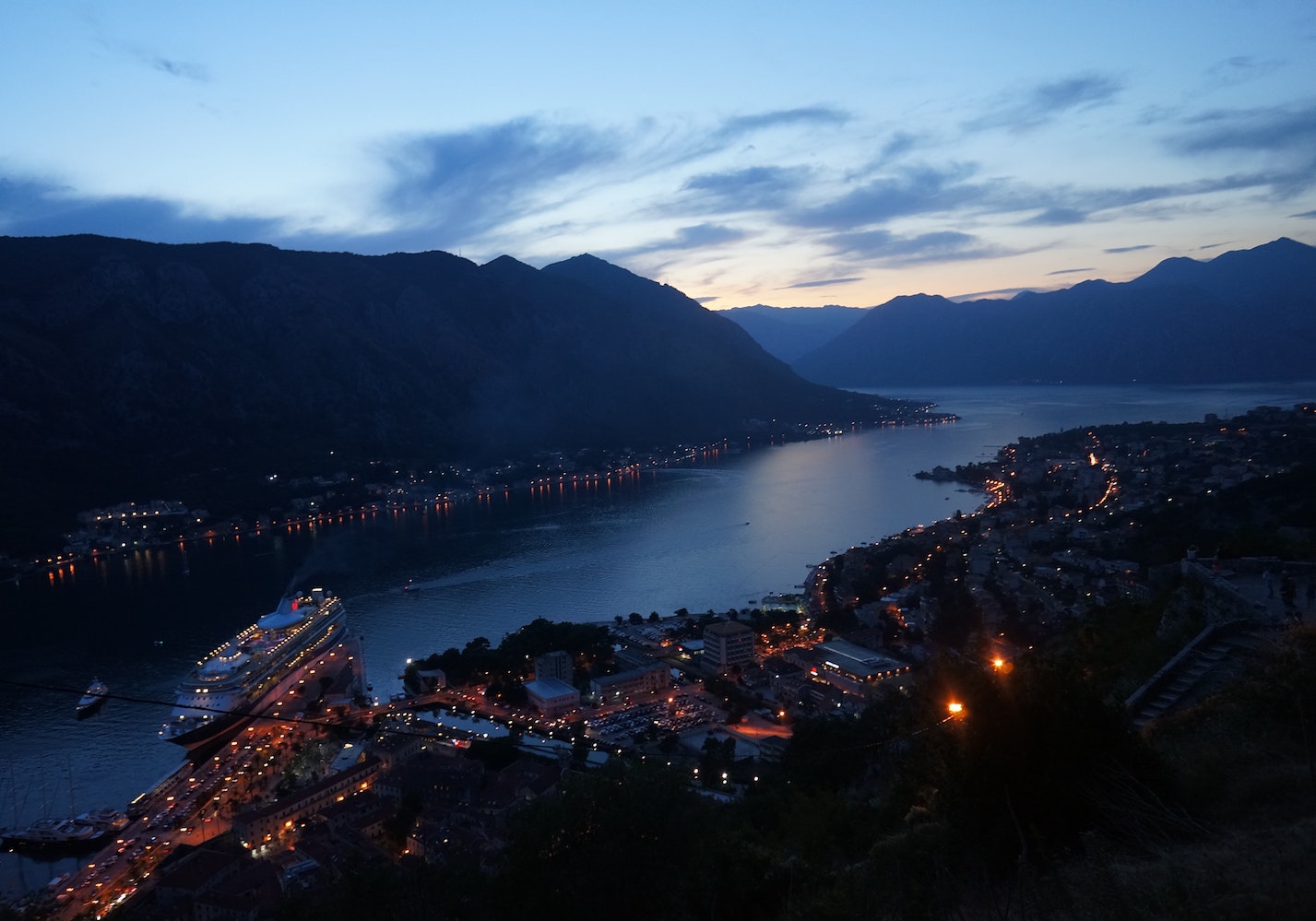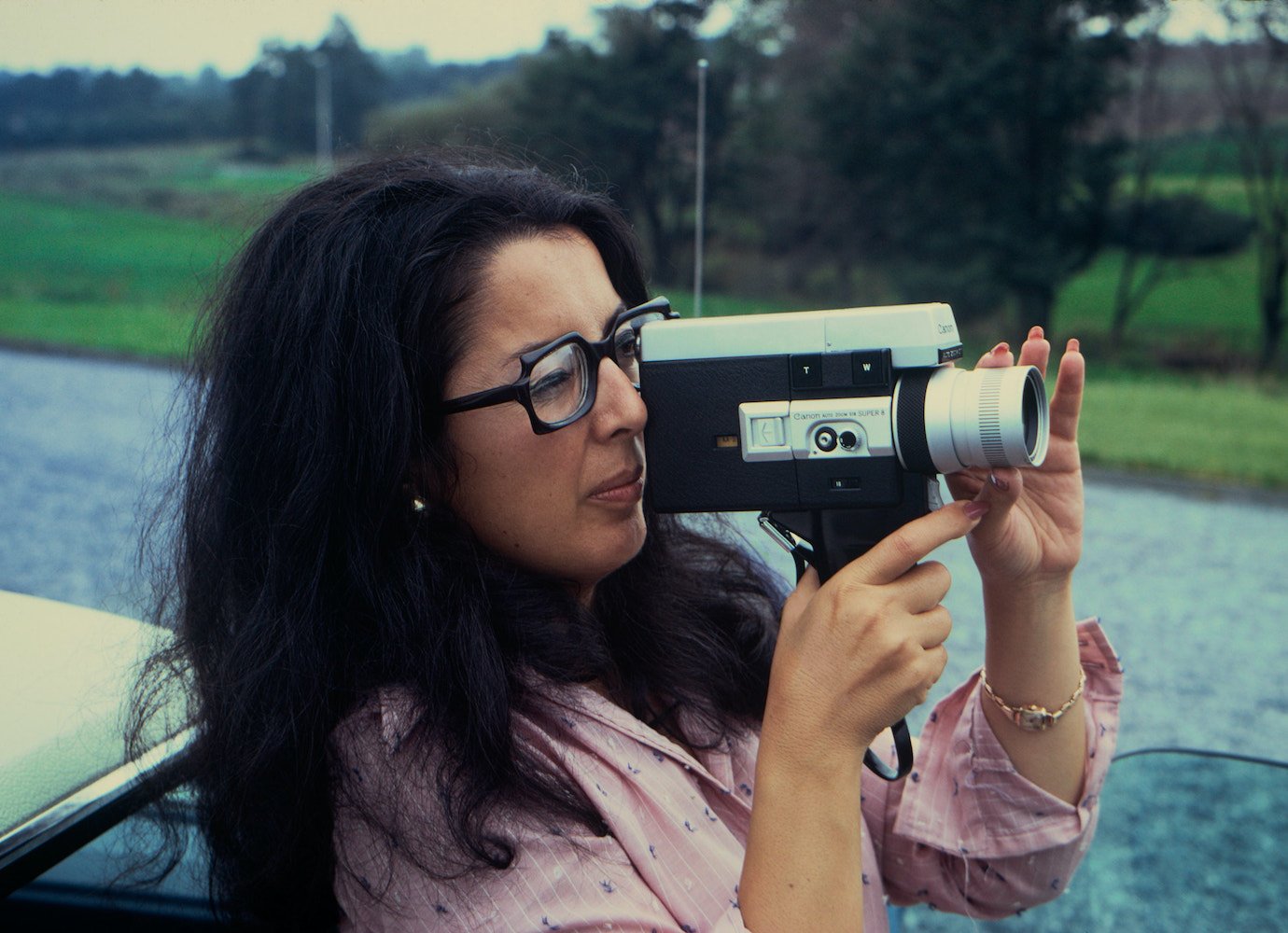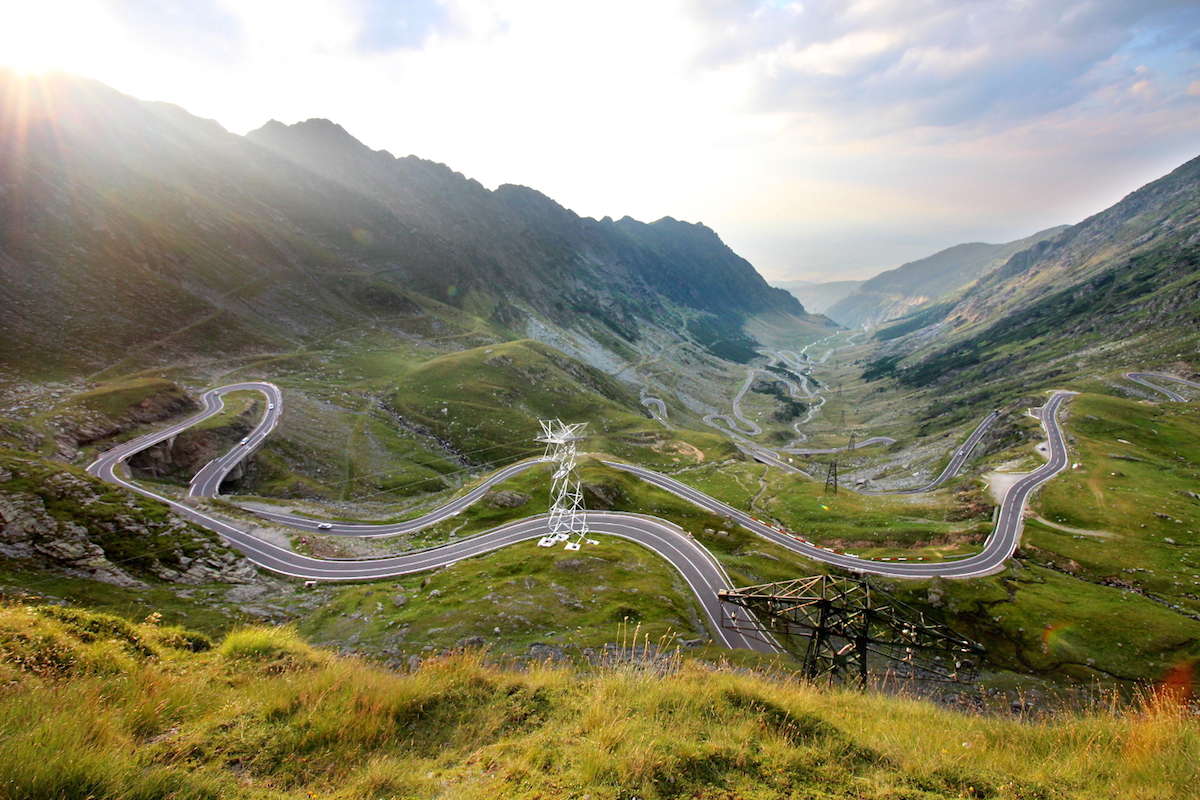The Elegy of Laurel: Dušan Kasalica spins a frantic modern fairy tale from the depths of a Montenegro forest
As a country of only 600,000 people, Montenegro’s film industry is of modest size, to say the least. But Dušan Kasalica’s debut feature,The Elegy of Laurel (Elegija lovora), suggests that, with the right tools, there is a small but focused generation of filmmakers unafraid to tackle difficult, complex, and contemporary subjects with a lightness of touch and a lyrical mood.
Filip has everything he materially needs in post-communist Montenegro — a fine, middle-class lifestyle, a stable job, a (seemingly) idyllic marriage
Premiering at the 2021 Sarajevo Film Festival on 15 August,The Elegy of Laurel blends Balkan fairy tales, post-socialist malaise, and brutalist hotels. The thrumming, unknowable mountains of Montenegro tower over protagonist Filip (Frano Lasić) like a spirit. He is a university professor, teaching modern Yugoslav history to bored students, whose marriage falls apart whilst on a seaside spa holiday. Lost, he returns to his empty family home beneath the Durmitor mountain, deep in the country’s interior near the Bosnian border.
Here, the film gets increasingly more surreal: Filip’s deepest memories and anxieties start to unravel, pulling motifs from the Croatian fairy tale Stribor’s Forest, familiar to many who grew up in the former Yugoslavia. The name Stribor is an adaptation for Stribog, the ancient Slavic god of the wind. Published in the 1910s by Ivana Brlić-Mažuranić, the fairy tale is about a meek man who, while cutting firewood in the forest, is seduced by a snake who appears as a young woman. The snake proceeds to poison Stribor’s relationship with his mother and the village. But Kasalica’s film is far closer to an introspective journey than a love story. The director was drawn to the legend thanks to its a meek, easily-led character — much like Filip himself — who loses his self-identity in the forest. It is a far cry from many fairy tales, which cater to powerful heroes and malicious villains.
“I was initially fascinated with this language that we use in public life, in politics and in culture,” says Kasalica. “People focus on how they present themselves and speak their monologues, and they communicate in this way. We all do this. And out of this comes an individualism which isn’t good […] So out of this I started with a man who is a Yugoslav history professor. He is part of the generation who built Yugoslavia and quietly watched it fall part.” Part of the irony, of course, is that Filip otherwise has everything he materially needs in post-communist Montenegro: a fine, middle-class lifestyle, a stable job, a (seemingly) idyllic marriage. And yet when it starts collapsing, he is incapable of finding the emotional tools to respond.
The sojourn to a spa-hotel, the sort of brutalist construction that popped up all over the Adriatic coast during Tito’s era, sees Filip spends his time with other middle-class folk from the ex-Yugoslavia, encasing his world in an airless bubble of Yugo-pop, massages and discussions about one’s prostate. On his return to the university, a student complains, telling him: “I can’t learn anything from you,” For Kasalica, it’s “a voice from the young to the old, saying that the old have left us in a world of chaos in which we now have lived for 30 years”.
But The Elegy of Laurel is no angry political polemic at the generational divide in the ex-Yugoslavia: “I took that hotel deliberately as a place that is isolated and out of place, because it doesn’t communicate any more with the public space of today,” says Kasalica. The hotel today, he suggests, is reconstituted as “a manifestation of turbo-folk capitalism”. The director, it seems, is much interested in dissecting how this architecture, and the geography of Montenegro itself — a thin coastline, holding most of the country’s tourism and jobs, shooting straight into the mountains and some of the most rugged territory in Europe — shapes the psycho-geography of its inhabitants. Where the first part of the film plays on ideas of isolation, architecture and the bourgeois lifestyle — themes that are not too far removed from the tenor of many a European arthouse film — the second takes a headlong trip into something much more surreal, fantastical and psychological, deep in Durmitor National Park — as if reaching deep into the forest to find something in the collective unconscious.
Stribor’s Forest, like most fairy tales, has a simple, clear-cut ending, with evil banished and the protagonist living happily ever after. Kasalica instead hones in on the tale’s sense of anxiety, fear and the need to be loved, taking its starting point (the lost man who stumbles upon a malicious spirit) and spinning it into a dissection of an adrift sense of self. It switches the film from an Antonioni-esque realist study, of an admittedly indistinct bourgeois individual, into something far more heightened and elaborate.
There’s a subtle difference in how the film is lit and shot between its two sections. Throughout, the camera is locked-in, only ever moving for a slow pan or gradual zoom. But the spa sections feel claustrophobic, sterile, the concrete rising around the characters and imprisoning them. The Durmitor forest seems to breathe around them, as if exhaling.
The challenges of shooting deep in a mountainous national park were plenty — marshalling actors, camera, lighting, and goats in conjunction with each other. “In the mountains, sunlight is inconsistent; finding continuity was difficult. In Durmitor, you can have four seasons in a day. [We] had to be fast and prepared, reacting to whatever changes were happening. The moment sunlight disappears [in the forest], you get a different atmosphere,” says Kasalica. Here, the film’s small crew was a boon, allowing for swift preparations whenever needed. There is one spectacular shot, where we see the tree line dappled in sunlight in the foreground, and the characters, dots on the screen, trawling across the valley floor in the background in the shadow — a shot so audacious that I was convinced it was digitally-assisted. But alas, it was all in-camera, conjured through paying close attention to the sun’s trajectory, day-in, day-out on the mountains, waiting for the moment, and being ready for it when the time came.
The small crew was also beneficial for helping the film get made. The Montenegrin film industry is still small and very young: the Film Centre of Montenegro, with a remit to promote and fund the fledgling Montenegrin film scene, was only set up in 2017. During the Yugoslav era, the capital of every republic received a film production studio — Ljubljana, Zagreb, Belgrade, Sarajevo, Podgorica (then Titograd), and Skopje, with Novi Sad and Pristina following later — but in the smaller republics, these studios focused almost exclusively on documentaries. Where most Balkan films today seem to have a multitude of funding partners, much of the funds for The Elegy of Laurel come from the Film Centres of Montenegro and Serbia respectively, helped by the film’s presence in an early stage at Berlinale’s Script Station, and then Cinelink in Sarajevo. For Kasalica, keeping funding sources minimal was key: “it was important than we didn’t do an overly-complicated funding process for the film, so that we didn’t include too many funders or funding partners. That slows things down and there’s a lot that you lose doing that, but you get more freedom to experiment. For me, that’s important for my first film”.
Kasalica has a certain pride in Montenegro’s growing film scene, naming Ivan Salatić, whose You Have The Night premiered at Venice in 2018, and Ivan Bakrač whose debut feature, After the Winter, premieres at Karlovy Vary later this month, as names to watch. “Logically, we are a small film industry. It took us a long time to find our cinema industry, in regards to funding and in terms of asking: what is Montenegrin filmmaking? But we’ve got a generation of young filmmakers who have now come up and have had their films at a number of film festivals. We’re all different. We’re bringing a different voice to the region’s cinema. I don’t think we can yet say that we’re a wave — we don’t have a specific niche like Romania or Greece”.
And yet, The Elegy of Laurel, with its depth of lyrical imagery and post-modern mixing of fairy tale, drama, and geography suggests that a Montenegrin filmmaking scene is fast starting to come of age.


